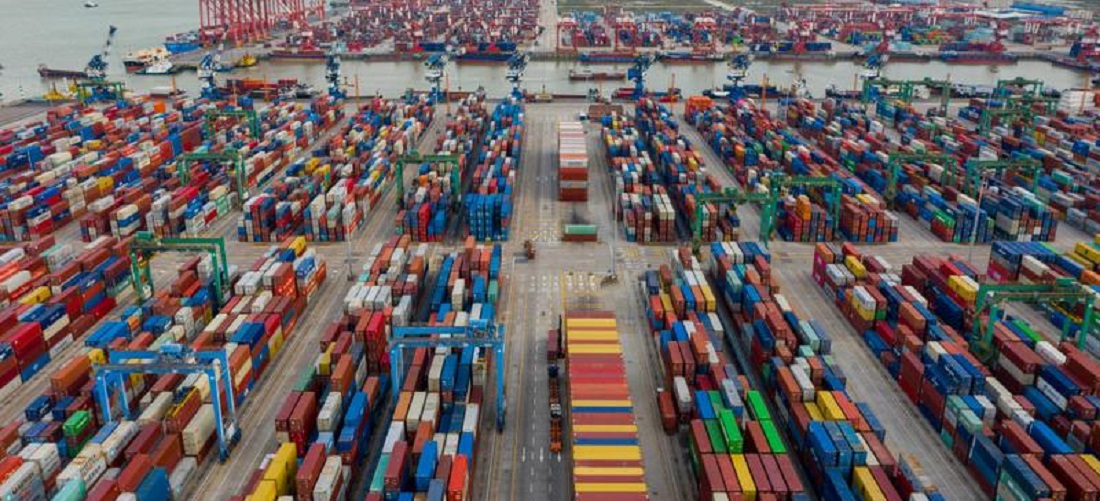
Chinese New Year affects trade by keeping empty containers in China
Feb, 09, 2022 Posted by Gabriel MalheirosWeek 202206
The year started as usual with full containers leaving Asian ports ready to meet Lunar New Year demand. However, once they arrived at their destinations, the cargo they were filled was unloaded and redistributed. These containers are now nothing more than large empty boxes waiting to be picked up. Find out how the Chinese New Year affected maritime trade.
New year, same disruption
Mobility restrictions are tighter than ever in this third year of the pandemic, even though consumption has not slowed. This is exactly what the January xChange report shows: a rise in tariffs between Christmas and the last week of January when Chinese factories close for the traditional Lunar New Year holidays.
As a result, according to the xChange report, the highest rates in the first four months of the year should be found in the last week of January, declining $100 per container beginning in the first week of February. The value of 40-foot containers leaving Shanghai, on the other hand, was around US$5,400; US$5,600 from Ningbo and US$5,350 from Qingdao.
The same upward trend can be seen in China’s vessel leases to North America, which increased by 17% in January, as well as the Container Availability Index (CAx), whose values in January 2022 are double those just three years ago.
India gets more expensive
Since the pandemic revealed the vulnerability of relying on a single Asian supplier, India has positioned itself as a viable alternative for high-volume products. However, between January 2021 and January 2022, container freight prices rise by 35 to 55 percent, depending on the port and route. The same is true for CAx, indicating that containers are being repositioned in this port, widening the gap between incoming and outgoing boxes, which is at its highest since 2019.
USA and Europe
In the Western Hemisphere, the United States is seeing a drop in freight rates for both 20-foot and 40-foot containers as the country receives a record number of containers. Ports continue to struggle to balance high imports and low exports, and the CAx index reflects this.
Tariffs have also been falling in European ports such as Hamburg, Rotterdam, and Antwerp, where containers wait to return to Asia, and where the Chinese New Year affected trade by causing factories and port workers to be disconnected from the rest of the world. When China returns from its vacation, it will be necessary to see how the logistics chain’s lost fluidity is resolved and what fate awaits the other ten months of the year.
Source: Mundo Marítimo
To read the full original article please visit the link:
https://www.mundomaritimo.cl/noticias/contenedores-atrapados-en-el-mundo-durante-ano-nuevo-chino
-
Grains
Oct, 19, 2021
0
Ministry of Agriculture investigates new Asian insect in Santos
-
Shipping
May, 06, 2021
0
Jan de Nul begins dredging at Bahia Blanca with biggest dredger ever to operate in Argentina
-
Economy
Mar, 11, 2024
0
Parceria Promissora: Vietnã e Argentina Fortalecem Laços Comerciais e de Investimento
-
Ports and Terminals
Jun, 28, 2022
0
Santos passenger terminal try to prevent hindrances caused by new fertilizer terminal


